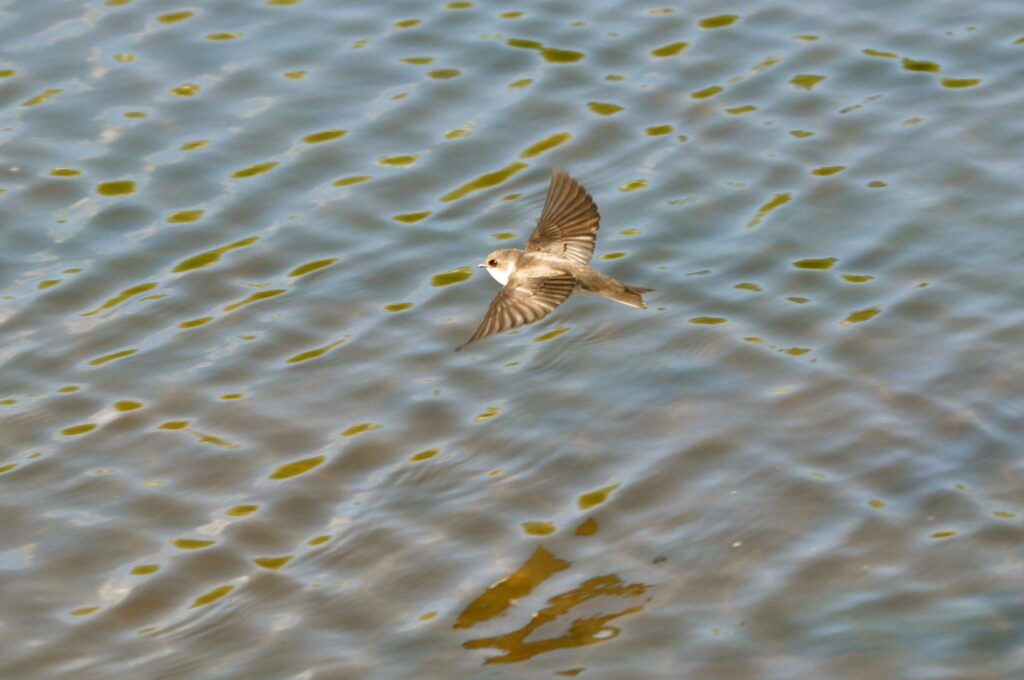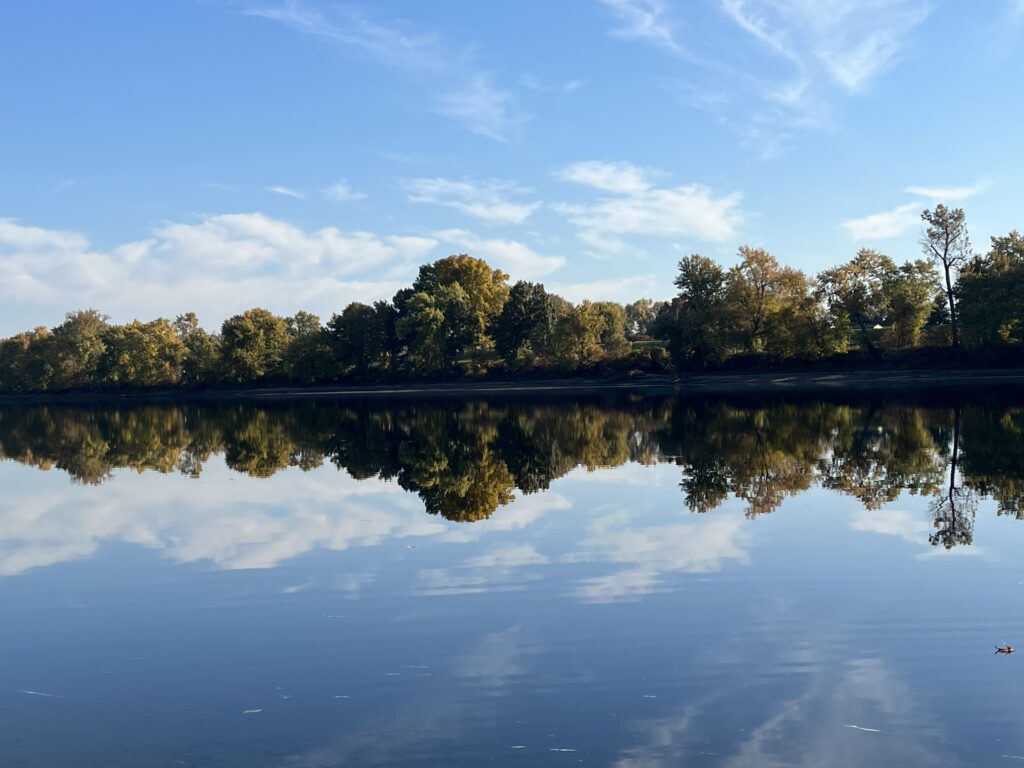Breaking New Ground in California’s Mountain Meadows
Restoration of four meadows in California, totaling 388 acres, contributes directly to the goals of the Sierra Meadows Partnership, a landscape-scale collaborative of meadow restoration practitioners aiming to restore and protect 30,000 meadow acres by 2030.
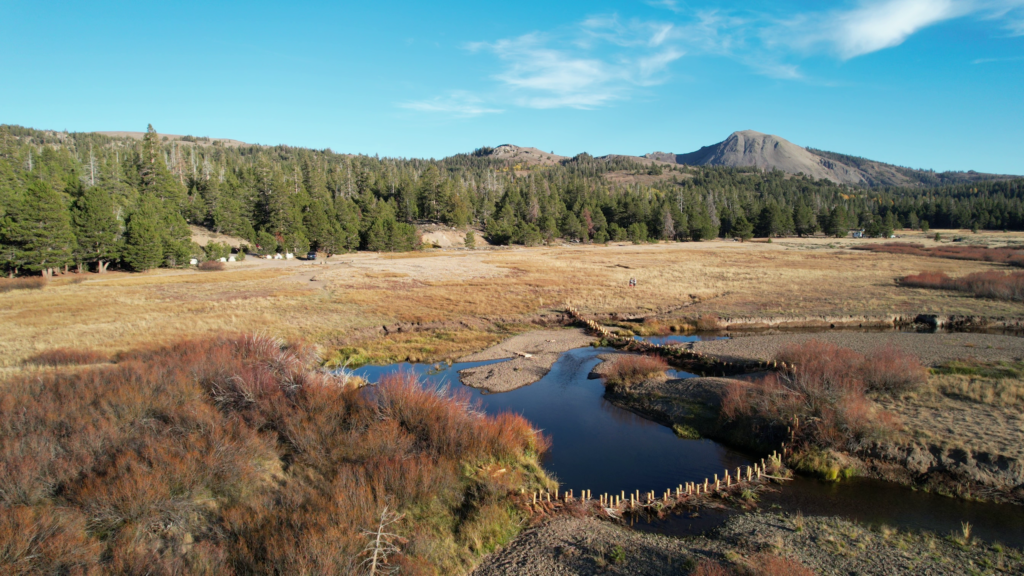
Imagine leaving the Bay Area heading east, cruising past the urban and suburban sprawl, and starting to climb through the foothills of the Sierra Nevada. As you curve along the two-lane highways that bisect the wilderness, Ponderosa pine and Douglas fir shield your view. Great mountains carpeted with evergreens and granite caps loom above the horizon. Hidden within the trees and peaks lie the mountain meadows of California.
If you pay a visit to one of California’s high-elevation mountain meadows, you might hear an unusual sound. Not just the trilling of an alpine bird or the rustle of wind through the pine needles, but the mechanical hum of heavy machinery. Don’t worry! All is going according to plan. American Rivers, alongside a range of devoted partners, were restoring four mountain meadows this summer.
These meadows are critical to the hydrology of the landscape and provide a unique home to native plant and animal species, anchoring soil and storing groundwater. While they may be small in area, covering 191,000 acres of the mountain range, mountain meadows are critical to the health of California’s source waters which provide clean drinking water to more than 75% percent of Californians. Beyond this, they provide essential habitat, recreational opportunities, and climate change resiliency. However, around 50% of the Sierra Nevada’s mountain meadows are significantly degraded, reducing their critical ecological function and benefits.
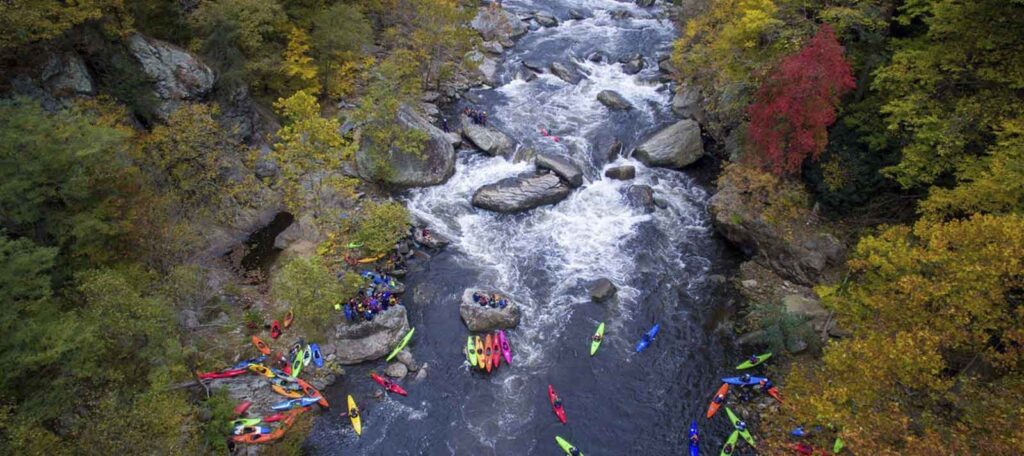
Let's Stay In Touch!
We’re hard at work for rivers and clean water. Sign up to get the most important news affecting your water and rivers delivered right to your inbox.
American Rivers leads meadow restoration from start to finish, including initial assessment to identify meadows in need of restoration, design and permitting, on-the-ground restoration, and monitoring to quantify project benefits. Planning is complicated and time consuming, often taking three years of pre-work prior to on-the-ground work. This season, the fruits of these efforts paid off, and American Rivers implemented four meadow restoration across the Sierra, contributing to landscape scale restoration!
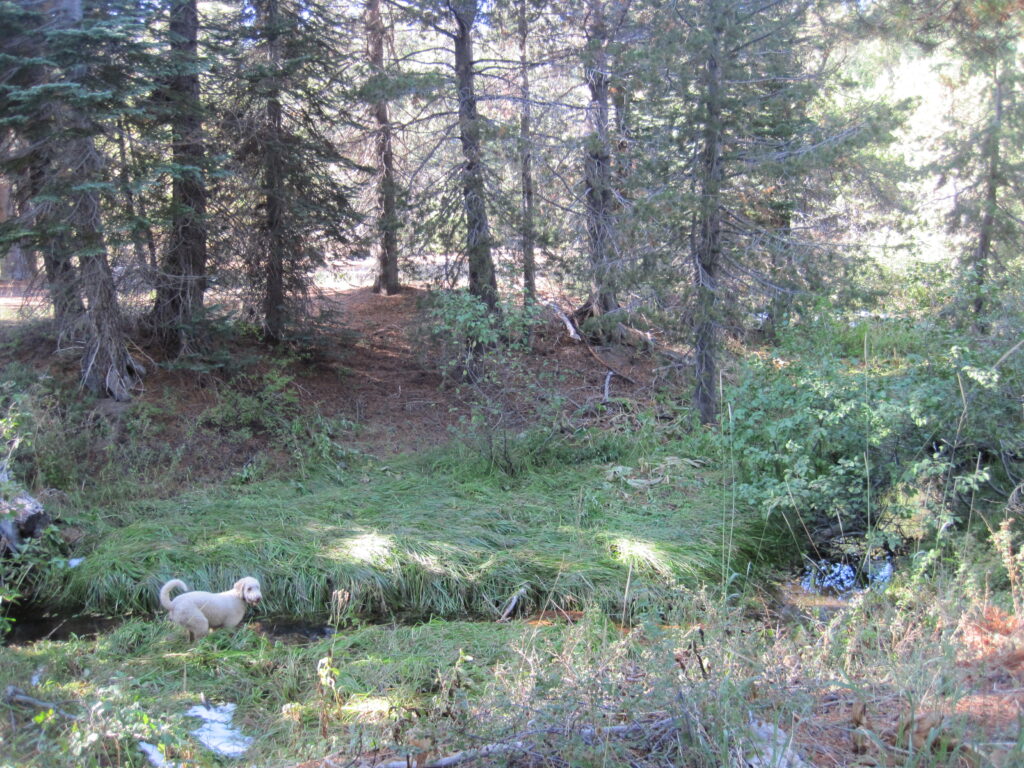
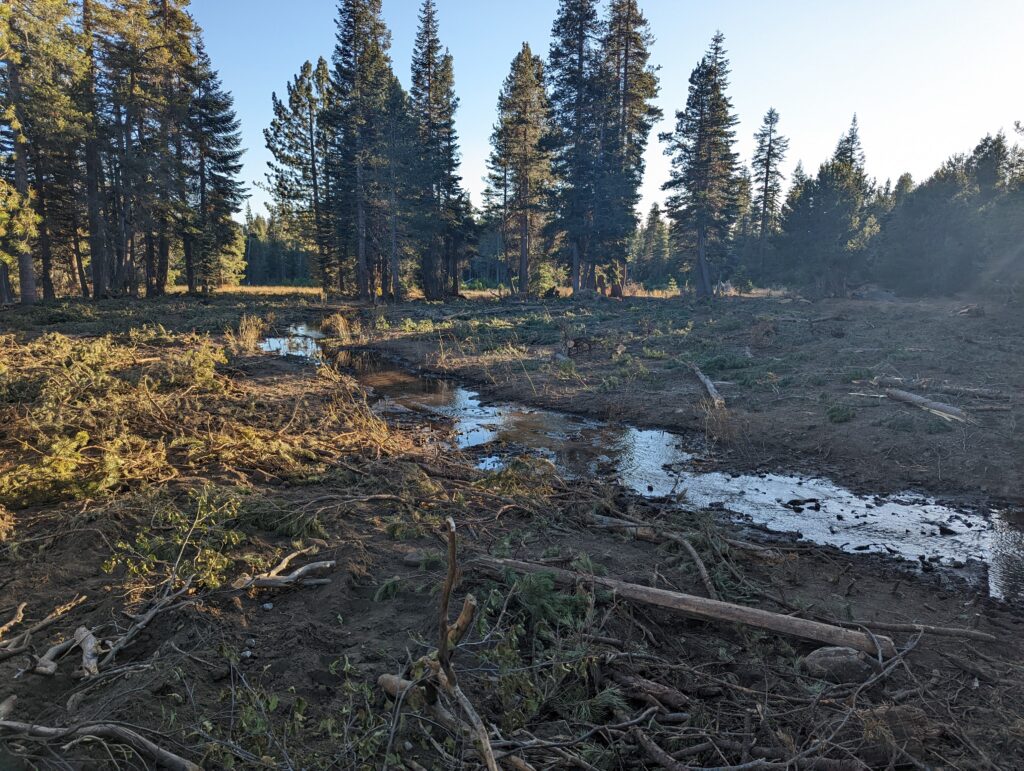
Calf Pasture meadow (30 acres) is in Eldorado National Forest (ENF), in the headwaters of the South Fork American River. For this project, we fully filled a severely incised stream channel within the meadow, which was up to eight feet deep, to reconnect the channel and floodplain. Reconnecting this channel to its meadow floodplain restores the natural hydrology of the system, which improves groundwater storage and species habitat, as well as increases wetland plant cover and diversity of pollinator species. Calf Pasture restoration is part of a broader effort to accelerate the pace of restoration in Eldorado National Forest. To bolster internal capacity, American Rivers fostered ENF staff participation in the full lifecycle of the project, from identifying projects, to completing planning, and finally implementation. This project will streamline additional meadow restoration efforts and build momentum for future work within ENF. Calf Pasture Meadow Restoration is a collaborative effort undertaken alongside ENF, contractors, volunteers, and funded by the National Fish and Wildlife Foundation (NFWF).
Confluence Meadow (140 acres) is in Lassen National Forest, in the Pine Creek watershed. The Pine Creek watershed is home to the endemic Eagle Lake Rainbow Trout (ELRT), a California Heritage Trout and a Species of Special Concern. In 2015, the U.S. Fish and Wildlife Service (USFWS), California Department of Fish and Wildlife (CDFW), and U.S. Forest Service (USFS) released a strategy guidance document called the Conservation Agreement for the Eagle Lake Rainbow Trout, which identified meadow restoration as a crucial ELRT recovery action. American Rivers is working collaboratively with the Pine Creek Coordinated Resources Management Program (CRMP) to advance meadow restoration in the Pine Creek watershed to enable natural spawning and reproduction of ELRT. First, American Rivers evaluated all the meadows in the watershed using the sites for restoration. This year, American Rivers restored Confluence Meadow by completely filling the eroded Pine Creek channel, which will enable floodwaters to spread out and soak in, replenishing groundwater and prolonging summer streamflow, which will improve habitat and increase baseflows in the critically dewatered Pine Creek for natural ELRT spawning. Confluence Meadow Restoration is a collaborative effort undertaken alongside Lassen National Forest, the Pine Creek CRMP, and funded by the CA Wildlife Conservation Board (WCB).
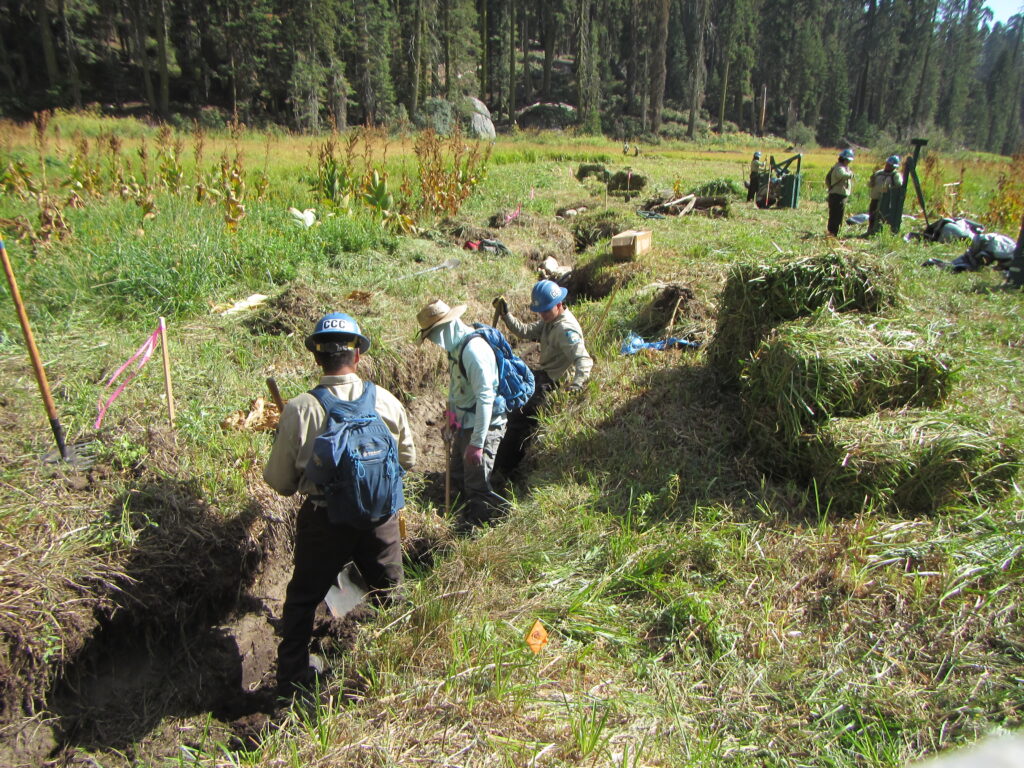
Log Meadow (18 acres) is in Sequoia and Kings Canyon National Parks, in the Middle Fork Kaweah watershed. The meadow is in Sequoia National Park’s Giant Forest, one of the world’s most important sequoia groves based on the land area, size of sequoias within the grove, and current conditions. To restore the meadow, we hired hand crews (California Conservation Corps, CCC and American Conservation Experience, ACE) to fully fill the main gully with onsite vegetation. The crews scythed approximately 7 acres of the meadow, dried out the vegetation, and used hand balers to create hay bales. Then, the hay bales were packed into the main gullies until flush with the meadow floodplain, which effectively allows spring floodwaters to spread out and soak in, reducing peak flows and replenishing groundwater and prolonging streamflow in the summer. The larger goal of this project was to develop and test hand-labor meadow restoration techniques to aid and inform future work in designated Wilderness where motorized vehicles and machinery are not permitted. Log Meadow Restoration was a collaborative effort undertaken alongside Sequoia and Kings Canyon National Parks, the CCC and ACE, and funded by the CA Department of Fish and Wildlife and the CA Wildlife Conservation Board.
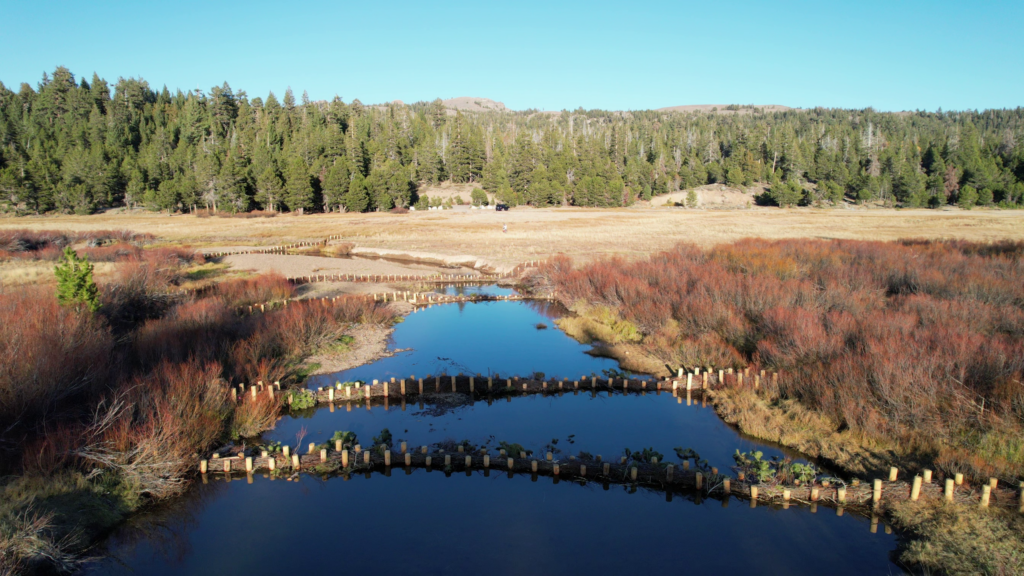
Faith Valley (200 acres) is in Humboldt-Toiyabe National Forest, in the Upper West Carson watershed in the eastern Sierra Nevada. American Rivers and partners are working to protect and restore 110 acres of the meadow, as well as enhance recreation opportunities. Faith Valley has a resident beaver population that is helping to restore the meadow. We are using Low Tech Process Based Restoration techniques that mimic natural beaver dams, called beaver dam analogs (BDAs) to accelerate restoration. Both natural dams and BDAs will raise the water table and capture sediment to reconnect the stream channel of the West Fork Carson River with its meadow floodplain, allowing for enhanced infiltration and groundwater storage and restored habitat for birds and aquatics. The project is being implemented over two seasons so that we can observe and learn from the initial pilot set of BDAs. In 2022 we installed 14 BDAs, as well as a rocked grade control structure to anchor the overall project. In 2023 we will install the remaining BDAs for holistic restoration, as well as repair the adjacent OHV road to protect the meadow and enhance recreation opportunities. Faith Valley Meadow Restoration is a collaborative effort undertaken alongside the U.S. Forest Service, Humboldt-Toiyabe National Forest, Alpine Watershed Group, Institute for Bird Populations, Friends of Hope Valley, and Trout Unlimited.
Restoration of these four meadows, totaling 388 acres, contributes directly to the goals of the Sierra Meadows Partnership, a landscape-scale collaborative of meadow restoration practitioners aiming to restore and protect 30,000 meadow acres by 2030. California’s sourcewaters are experiencing the comprehensive impacts of anthropogenic climate change. Meadow restoration and healthy meadows are capable of addressing the impacts of climate change by tempering peak flows, sequestering greenhouse gasses, supplying groundwater storage, and providing climate refugia. We need to keep supporting the organizations, tribes, and land managers that are advancing nature-based solutions and on-the-ground work towards audacious landscape-scale goals that define alliances like the Sierra Meadows Partnership.

